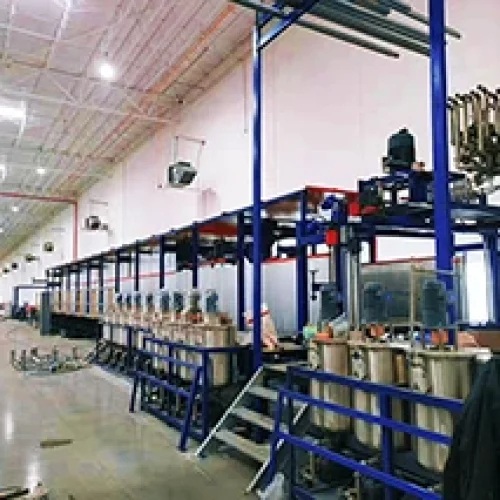Spray Head Liquid Control
Beginners often worry that improper adjustment of the settling plate will cause the liquid from the spray head to either shoot forward or backflow, affecting the foaming process. Within the first two minutes after starting the machine, the reaction speed gradually increases, sometimes requiring corresponding adjustments to the settling plate. The adjustment of the settling plate is particularly critical in low-density and high-MC formulations.
TDI Flow Rate
The TDI flow rate can be calculated by correlating the flow value with the scale value, but it is recommended to measure the TDI flow rate directly during the first foaming process. Accurate flow rate measurement is crucial; inaccurate flow rates can lead to significant issues later. Trust only the most straightforward and direct method of measuring the flow rate.
Powder Mixing
When preparing the powder, the mixed stone powder should be left overnight before starting production the next day. For formulations containing melamine and stone powder, it is recommended to first mix the melamine with polyether and stir for a period before adding the stone powder.
Machine Head Configuration
Foaming machines with a longer mixing chamber or more teeth on the stirring shaft typically require less amine and have lower material temperatures. Conversely, machines with shorter mixing chambers or fewer teeth on the stirring shaft usually require more amine and have higher material temperatures.
Spray Head Interchangeability
When switching between dual-spray and single-spray heads with similar nozzle cross-sectional areas using the same formulation, the requirements for the fineness and number of layers of the mesh are similar.
Small Material Flow Correction
To correct the small material flow, first measure the backflow rate of the small material, and then divide the total usage by the foaming time. If there is a significant difference between the two correction methods, the second method’s data should be used.
Stable Formulations
Good physical property soft foam formulations often fall within an unstable range, such as low TDI index, low water and MC ratio, low T-9 usage, and low silicone oil usage.

